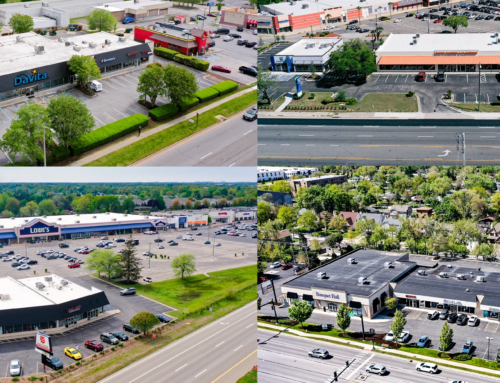Online shopping has revolutionized the way consumers access goods and information, but is this revolution experiencing a reversal? People enjoy the ease of shopping and learning at their convenience. Part of what makes online shopping great is the same phenomenon that drives shoppers to local stores: instant gratification. Studies find that shoppers’ need for instant gratification is the driving forces for the return to brick and mortar. Online shopping scratches the itch for immediate information, but people want what they want and they want it now. Waiting a couple of days, even with expedited shipping, compels people to get out among their neighbors and into shops.
This trend is a key reason why online stores are migrating back to brick and mortar shops. Companies like Amazon, who grew up online, are buying stores like Whole Foods in order to provide instant access to shoppers. We at Eidi Properties recently outlined, millennials are shopping in local stores instead of online because of security concerns. The story goes beyond those concerns, however, because people enjoy the experience of shopping and are reluctant to wait for delivery when they can visit local shops, support their local community and get what they want, now.
The future of shopping is now trending towards an instant gratification economy and even with the most advanced delivery options, this means shopping local and in person. One click buying can scratch the itch for an impulse purchase, but it can’t scratch the itch to use the purchased item immediately. The desire to buy in-person is prominent among men and women, even if the data suggests for different reasons. Women tend to want to evaluate the products they buy physically: touch, smell, compare and consult with in-store help. With men, the data suggests that there is an innate desire to take an item immediately as if they are hunting.
Regardless of the demographic, the honeymoon period with online shopping seems to be waning and people are migrating in droves back to in-person shopping. This augments all of the inherent attractions physical stores have over digital and paints an optimistic picture for the future of commercial real estate.






